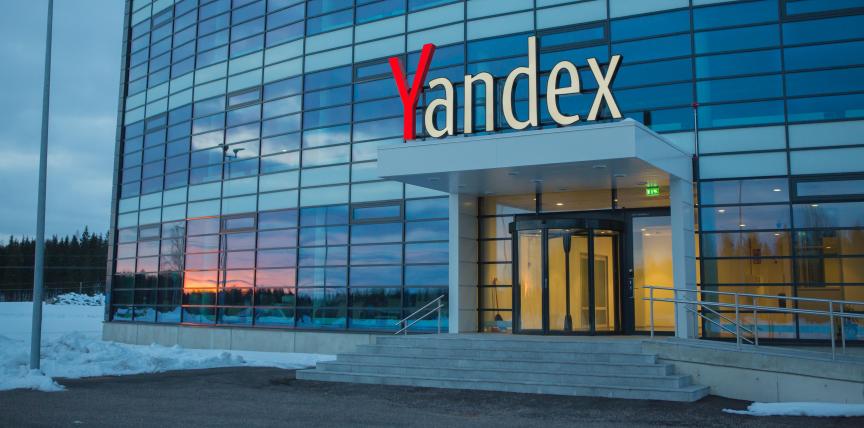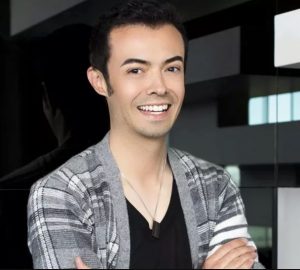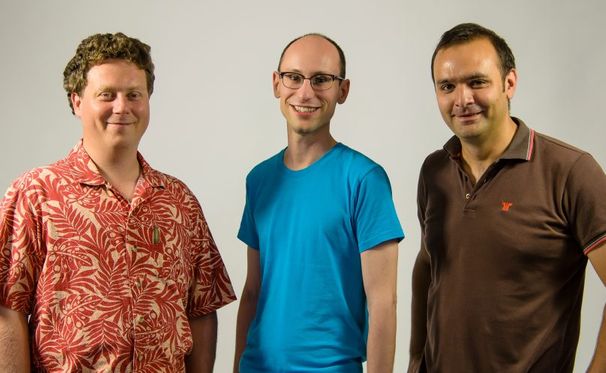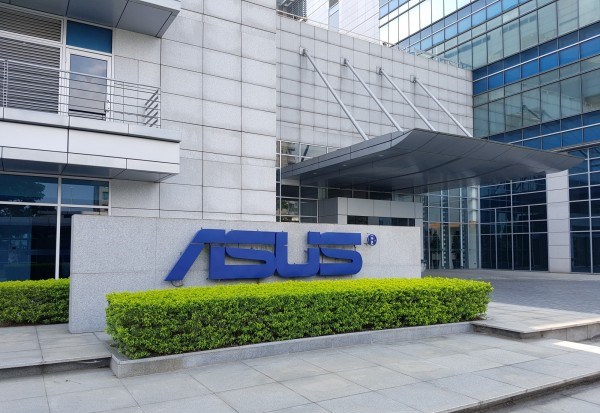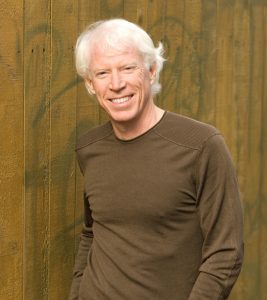Inshorts : An App that Brings to You Crisped News from Around the World
Most of us, especially, the working class of our society, hardly get any time to go through the newspaper every morning. Reading each and every news in details and catching the office bus on time is next to impossible. But, it is like one of the fundamentals of our life to stay updated and follow up with the current news. Majority of the population rely on Google for that, just reading the headlines every day. But, India has brought something better for you.
An Indian company, Inshorts, has created a mobile app that summarizes the news for you in less than sixty words, covering all important highlights of the news. The app includes global news on business, education, politics, sports, technology, and everything you need to know about. The application is available for both Android and iOS.
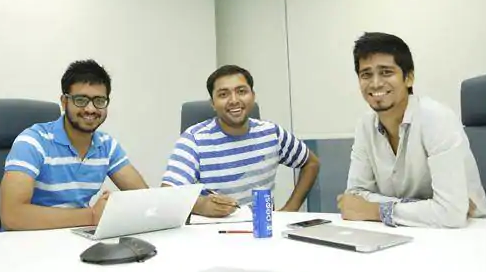
Inshorts was founded in 2013, and within a span of six years, the app received more than 6 million users. The company was founded by Azhar Iqubal, Deepit Purkayastha and Anunay Arunav. All of them dropped out from Indian Institute of Technology to start a business of their own. Azhar Iqubal and his friend, Anunay Arunav, were from IIT Delhi, whereas Purkayastha was from IIT Kharagpur. These three young potential entrepreneurs were pursuing computer science.
History
All of it started with creating a Facebook page on 23rd March 2013. Iqubal created the page to deliver summarized news for the readers. This caught the attention of many social media users, as it helped them stay updated about the whereabouts, without spending too much time in reading the entire stories.
The company, first, released its application in 2013 for Android, and for iOS, in 2015. After Inshorts started gaining popularity, it was admitted to the TLabs startup accelerator (it helps new startups to reach their full potential by proving them with capital and proper mentor). Soon, the company was shortlisted as one of the Nasscom’s 10,100 startups, and by December 2014, the company’s app had 1 lakh subscribers. In the same year, the company received funding from Sachin and Binny Bansal, co-founders of Flipkart. Other early investors, include Gaurav Bhatnagar, Manish Dhingra, Ankush Nijhawan and Times Internet.
In February 2015, the company received funding from Tiger Global, Rebright Partners and raised $4 million in Series A funding, which was followed by raising another $20 million in Series B funding by the Bansal brothers and existing investor Tiger Global. In one of the interviews, Takeshi Ebihara, founder of Rebright Partners, said that Inshorts has a very bright and enthusiastic founding team, which is a pre-requisite for any startups at the initial stage. In the same year, the company was rebranded as Inshorts from its previous name News in Shorts.
The company announced that it intended to hire over a hundred content writers, by the end of 2015. In October 2015, Inshorts acquired a Bangalore-based company, Betaglide, the originator of Retention.ai. Retention.ai is, basically, a technology that helps to track the number of users uninstalling the app, the reason behind it and reducing the maintaining cost for the user. So, this was incorporated in the app of Inshorts to track the number of uninstallation, and thus, make strategies to perk up user retention.
By the end of 2015, the company already started adding images and videos along with the news, and also, added links which directed the user to the entire news if somebody wished to read it. Thus, the company collaborated with many news websites to ensure better news reporting. Though the company raised an appreciable amount of fund and reputation within a couple of years, there was a lot of criticism labelling Inshorts as a startup without a firm strategy. Iqubal, in response to these disparagements, said that they are looking forward to experimenting with the revenue models, and it might take another couple of year for the company to settle with one.
In 2016, the three co-founders got featured in Forbes magazine’s ’30 under 30′ list. They also received the award for ‘Best Innovation App’ by the Internet and Mobile Association of India.
Understanding that India has stepped into the digital era, wrapping it within the cloak of advertisement, it can bring massive profit to the company. So, in July 2016, the company launched the first ad on the platform, which ultimately ended up having more than a hundred advertising partner on board till 2018.
Future Plan of Inshorts
Since digitalized advertisement has become a key to make more profit, the company looks forward to luring more advertisers and increase the net revenue rate by four times. Also, the purchases through the app have increased significantly, and hence it plans to direct the readers to sites, like BookMyShow, MakeMyTrip, etc. The company also aims to incorporate more video contents, even for the ads, and put more emphasis on the regional languages. They are planning to curate more Hindi content as a major part of India’s population is still not comfortable with English. So, focusing on languages, apart from English, has produced more room for growth.

Annasha Dey is an NIT student, who apart from studying engineering is also a content writer. She has a great interest in photography, writing, reading novels, and travelling as well. She is a foodie who loves socializing and hanging out with her friends. She is also a trained Kathak dancer and a big fashion enthusiast. Dey also loves watching TV series, which includes F.R.I.E.N.D.S. and Big Bang Theory. To be a better writer she prefers to read more


